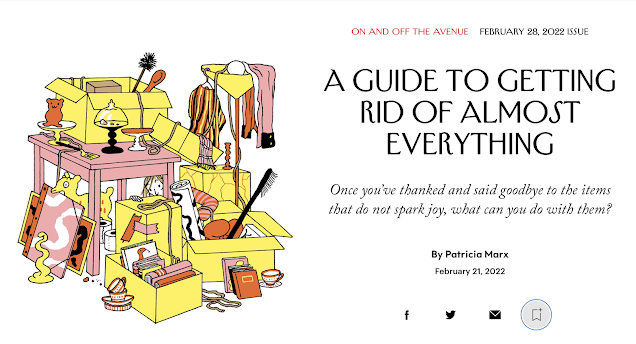How to get started remodeling jewelry, part one
 Intrigued by the idea of resetting her diamonds, Anonymous asked, "So how do I get started?"
Intrigued by the idea of resetting her diamonds, Anonymous asked, "So how do I get started?"How to proceed depends on where you live
If in a medium to large city, look for jewelers whose work you admire. (If you see someone whose jewelry you like, ask her who made it.)
Begin by dropping in to look. If you see only cases of branded jewelry, this will likely not be your artisan, but look anyway for ideas.
If you like their work, book an appointment, take your stones and talk to them about your wishes. The jeweler's term for a piece they will make for you is commission, custom work, or bespoke.
They will show you examples or make sketches. You might also plan a vacation or day trip to a jeweler, having made contact first via e-mail and phone.
It helps to have photos of designs you like, just like you would take to a new hairdresser. You don't have to know exactly what you want when you talk to them, but think about a few options: Are you willing to add some stones? Would you prefer earrings or a ring? Does the piece have to coordinate with other pieces you have?
Not all jewelers work with commissions; some make only production pieces. If you fall in love with a production piece but want to use your stones, see Copies and 'inspired-bys' in Part Two, posted tomorrow.
If you do not have good local sources, you can find some exceptional jewelers on the net; call to ask how they handle commissions. They will send photos of their work and provide references. You can send jewelry by courier if under a certain dollar amount; the terms are on couriers' web sites. For valuable stones, the jeweler will make secure transit arrangements with specialized carriers.
Shown above, Alex Sepkus Orchard Dome ring from Artful Elegance, made with fifteen small diamonds, $3,100.
Sources for inspiration
Books about jewelry, auction catalogs, and museum exhibits will build your eye and are useful to learn about techniques.
For current ideas, visit online retailers like Twist, Barneys and Ylang23; build a file.

Shown, Marie-Helene de Taillac Midnight Storm Earrings, 22K gold/smokey quartz,tourmaline, iolite and amethyst,
 $1,090 from Twist.
$1,090 from Twist.It's also useful to learn a few of the terms for jewelry fabrication, see this quick tutorial on rings at Maker Mends Ltd.
Limits to the craft
Having taken courses alongside pros, I will say they are not uniformly talented. Can your cocktail lounge pianist play like Glenn Gould?
If you take photos to a jeweler, not all can produce what you show them. Ask them to be forthright. They may not be able to source the materials, or might not have experience with the technique.
Take your time, sleep on their suggestions. If there's a detail you don't like, trust yourself and discuss it. Never feel obliged to continue after an initial consultation, and don't buy into someone's vision if it doesn't raise your pulse.
Don't expect a jeweler whose work is primarily, say, Art Nouveau-influenced, to be able to make a convincing modern piece. There are versatile designers who can create anything from Victorian-style necklaces to Japanese mokume-gane rings, but they are exceedingly rare.
 Some designs are demanding. The Fountain ring at left, made by the renowned Turkish jeweler Sevan, displays masterful workmanship and exotic cuts that are difficult to replicate. But you will likely find someone who can set black and white diamonds on a ring's gallery in this manner, borrowing simpler features of the design.
Some designs are demanding. The Fountain ring at left, made by the renowned Turkish jeweler Sevan, displays masterful workmanship and exotic cuts that are difficult to replicate. But you will likely find someone who can set black and white diamonds on a ring's gallery in this manner, borrowing simpler features of the design.The jeweler you meet in the shop will not necessarily do the benchwork- the actual fabrication- so a piece can pass from that person to his or her employees (or even to jewelers in other shops), and also to cutters and setters who are running their own operations.
If you are buying stones, your jeweler may have to source them, which also involves expertise and expense. Ask to see a selection of stones, and accept only what you like. Custom-cut stones will cost more than standard inventory.
A good jeweler is open about the parties involved in the project and why he or she uses them.
Do not be talked into abandoning your vision because one jeweler says something can't be done; get other opinions. Some jewelers will not admit they can't do it, but someone else can. Others reject work they don't want to do.
At the same time, listen closely. My jewelers recently advised me to not tear apart a vintage ring that I wanted to restyle. Instead, they recut the stone and replaced only the shank. Their advice saved me a bundle, and the ring is now stunning.
This post continues tomorrow, with copies and 'inspired-bys', setting a budget and more.



Comments
metscan: Though I have no projects underway just now, I keep going to auctions, looking and researching. It's fun!